Nature knows best when it comes to survival and self-governance and certainly is our greatest ally in locking carbon away and protecting our climate.
We can give it a helping hand by creating the right conditions by introducing rewilding at all scales, stopping the active management of wildlife populations, along with the intentional and unintentional trapping, poaching and slaughter, and allowing natural forest and plant regeneration.
Here, we have gathered informative stories on the current situation we’re facing, and ways that rewilding can address the problem to step-up actions to fix the environmental and climate emergency we’re facing. It makes for stark reading but is essential, informative and accurate.
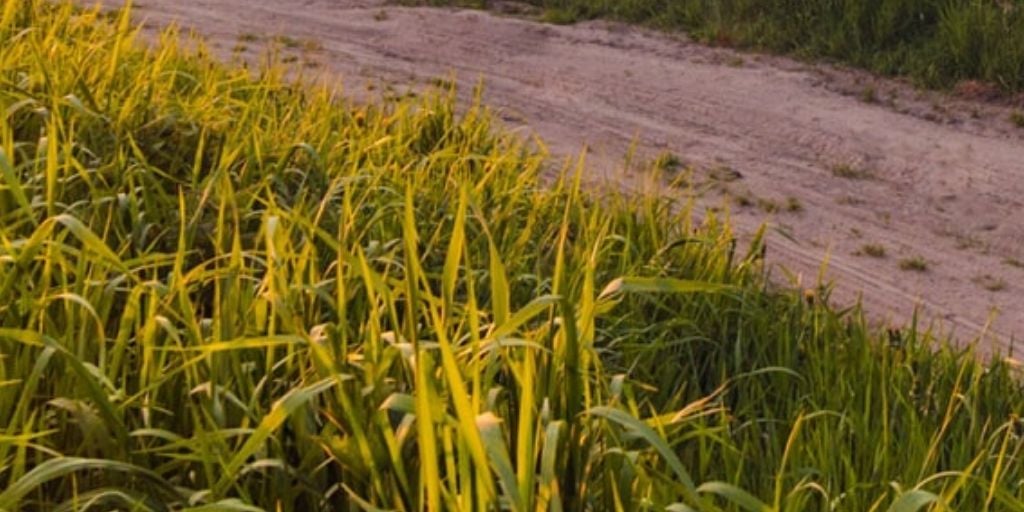
George Monbiot explains how the natural world can help save us from climate catastrophe. The greatest potential identified so far is in protecting and restoring natural forests and allowing native trees to repopulate deforested land.
There are many trail blazers out there using elements of rewilding into practice. Some demonstrate that native woodland can be restored on a grand scale while others show rewilding can provide alternative sources of income. All of them are making things better for the future. We need them and many more like them. We think these projects are doing great things. Have a browse and be inspired.
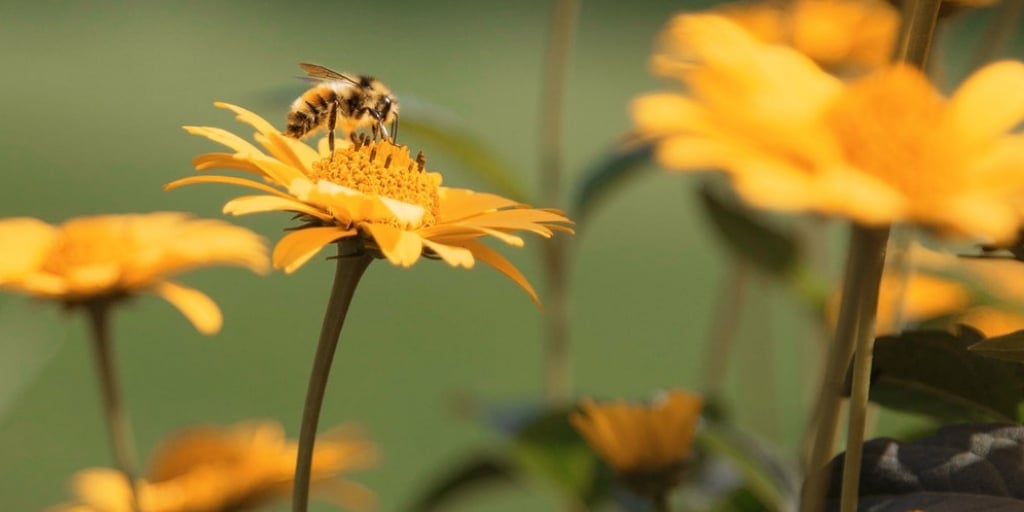
France has taken the radical step towards protecting its dwindling bee population on by becoming the first country in Europe to ban all five pesticides that are killing off the insects. By enforcing the blanket ban, France is going further than the European Union, which voted to outlaw the use of three neonicotinoids (clothianidin, imidacloprid and thiamethoxam) in crop fields.
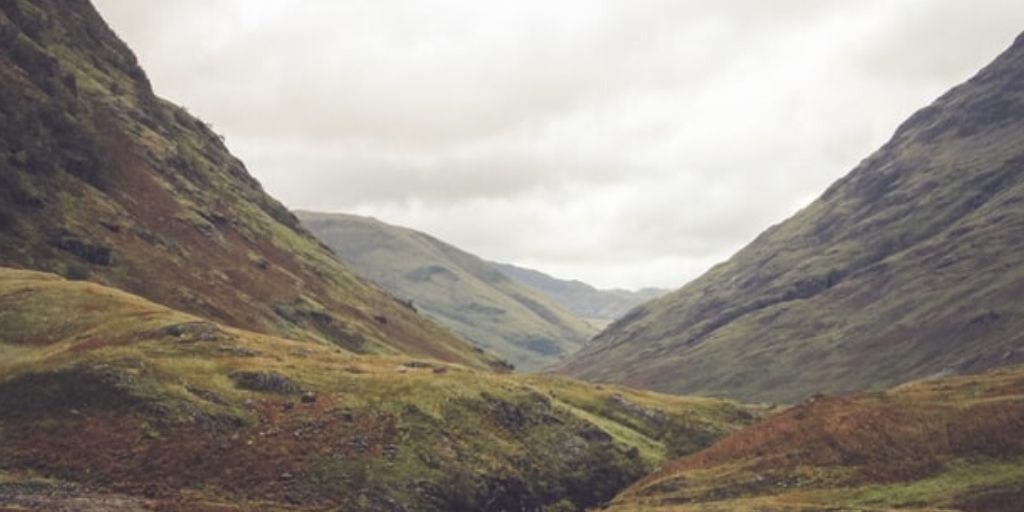
Scotland’s largest private landowners are trying to restore the Highlands for generations to come, one of their closest advisers has said. Tim Kirkwood said that Anders and Anne Holch Povlsen, who own more than 80,000 hectares (200,000 acres) across Sutherland and the Grampian mountains wanted to become pioneers of rewilding by reversing years of mismanagement by previous lairds.
The four ways are: phase out fossil fuels, cut down on meat, manage our oceans and promote biodiversity. Have you watched it yet?

No one is coming to save us. It’s time for us to create a better future for wildlife and people.
Cheetahs racing to extinction
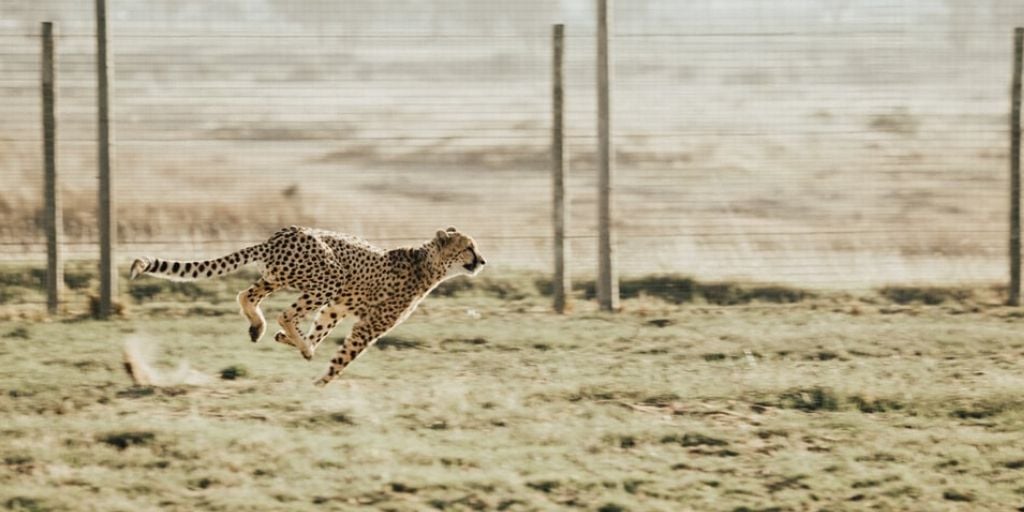
Cheetahs have vanished from approximately 90 percent of their historic range in Africa, and are extinct in Asia except for a single, isolated population of perhaps 50 individuals in Iran. Ben Britton, director of Wild Animal Encounters Foundation explains the challenges of life as a cheetah.
Tigers could be extinct in just a decade
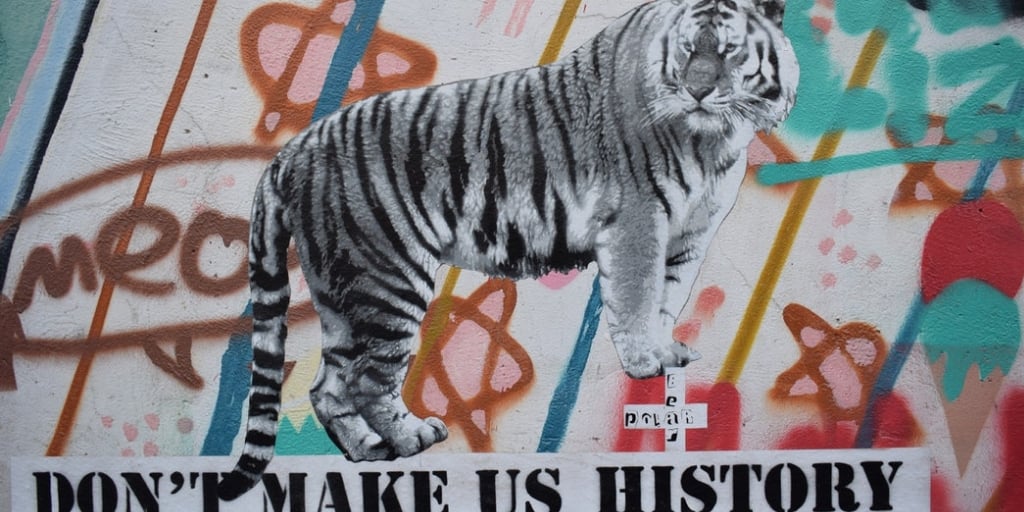
Born Free have been working to ensure that all wild animals, whether living in captivity or in the wild, are treated with compassion and respect since 1984 has said the entire population of tigers, estimated to be 4,000, could be wiped off the planet in just 10 years. The dramatic reduction in the population is down to poachers and habitat destruction, which are man-made problems. Find out more and donate today.
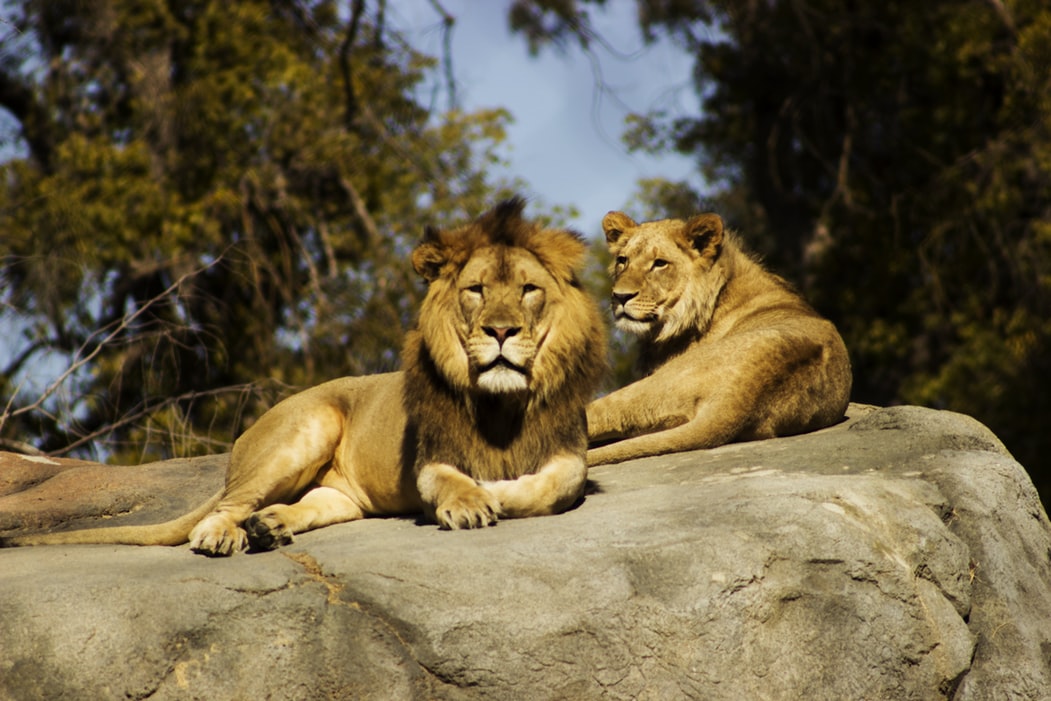
Lion populations in West, Central, and East Africa are likely to suffer a 50 percent decline over the next two decades. Many lion populations are either now gone or expected to disappear within the next few decades to the extent that the intensively managed populations in southern Africa may soon supersede the savannah landscapes in East Africa as the most successful sites for lion conservation.
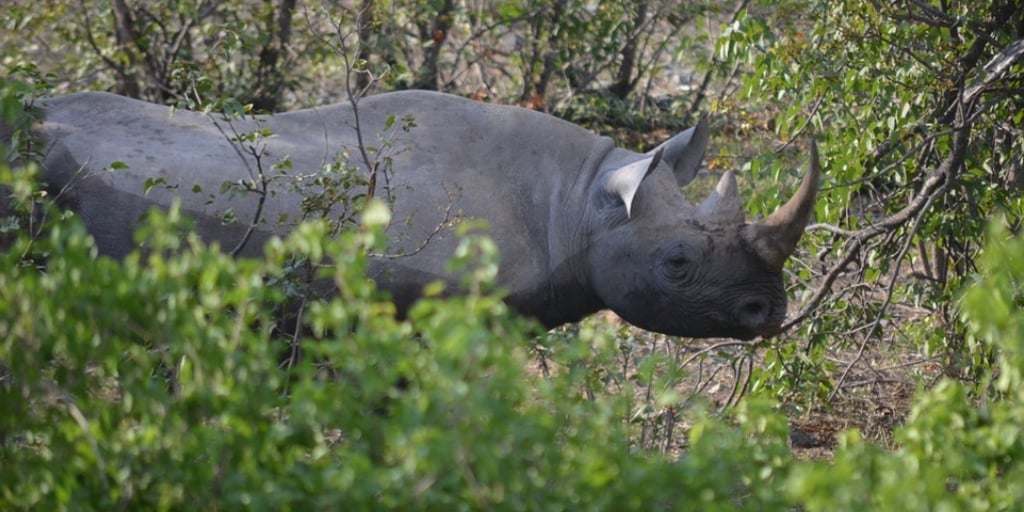
Illegal hunting of rhinos in Africa has seen them been driven to near-extinction due to the increasing demand for their tusks, especially in Asia. Poaching has been a problem hurting the entire African continent for a long time and the latest incident took place in Botswana, where 90 elephant carcasses were discovered with their tusks hacked off, in what is believed to be one of Africa's worst mass poaching sprees.
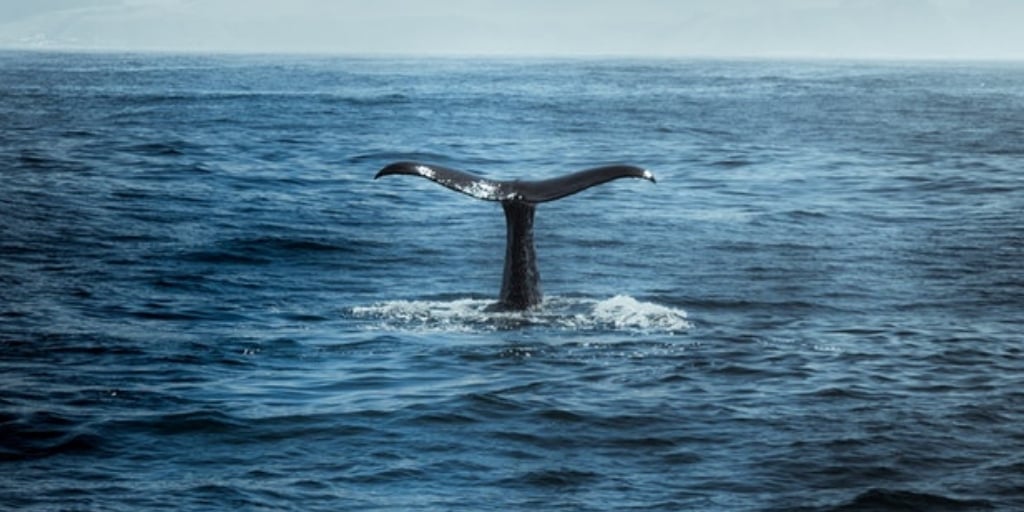
Six hundred species already are, and the 85 extant ones continue to be slaughtered — often under the pretext of scientific research. Nick Pyenson, curator of fossil marine mammals at the Smithsonian Institute in Washington, is interviewed on the evolving crises.
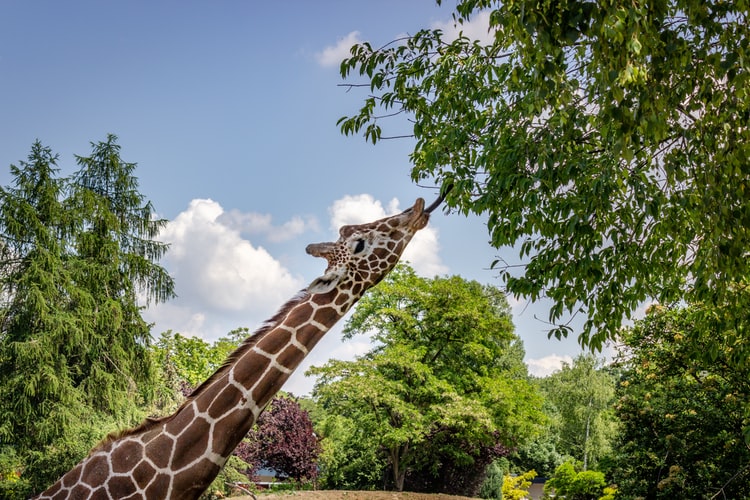
Giraffes are at risk of extinction with some subspecies now listed as ‘critically endangered’ for the first time. The latest International Union for Conservation of Nature (IUCN) Red List of Threatened Species has placed the Kordofan and Nubian giraffes just one stage from extinct in the wild, with fewer than 4,650 animals left. The Reticulated, Thornicroft’s, and West African giraffes and are also listed as endangered or vulnerable.
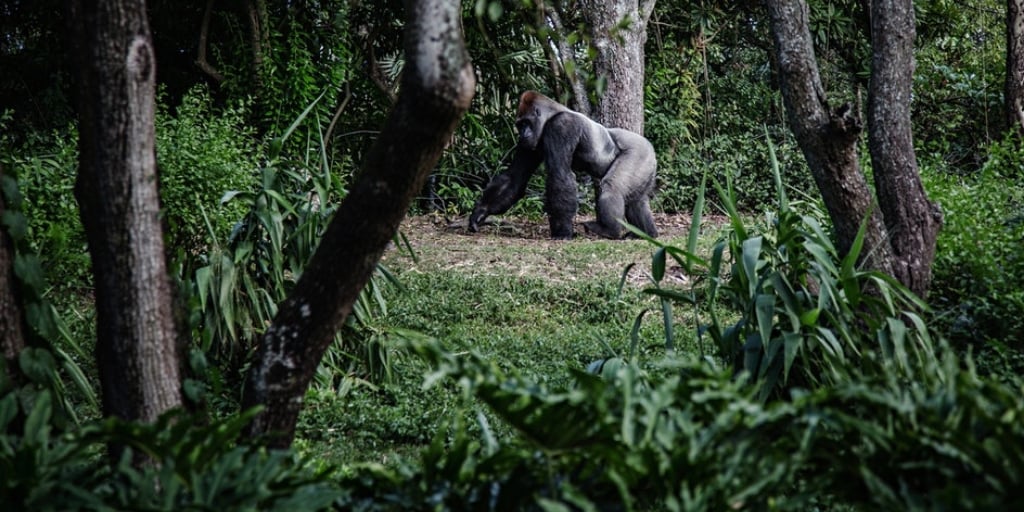
The Eastern Gorilla, the largest living primate, has been listed as Critically Endangered due to illegal hunting, according to the latest update of The IUCN Red List of Threatened Species. Four out of six great ape species are now Critically Endangered, which is only one step away from going extinct – with the remaining two also under considerable threat of extinction.
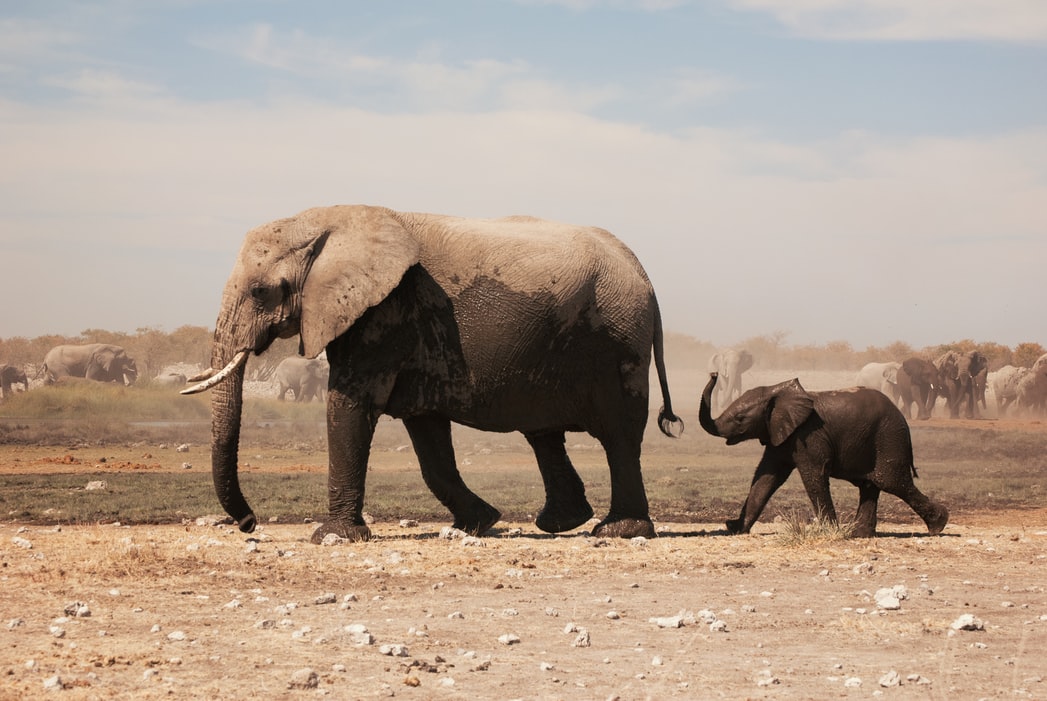
Since 2012, it's estimated that 20,1288 elephants have been poached. Now experts have predicted that unless poaching can be effectively addressed, elephants could all but disappear from Africa in the coming decades.
Orangutans face complete extinction
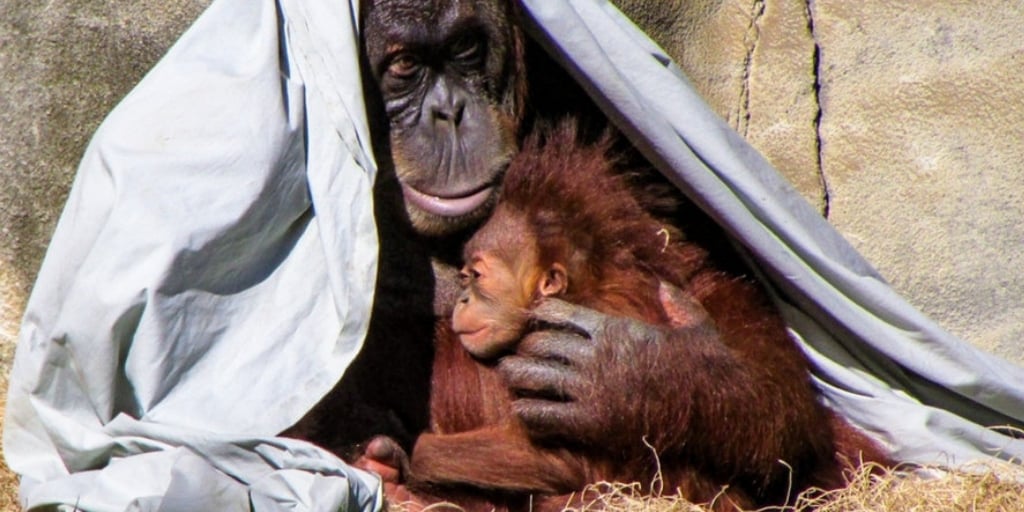
Orangutans will be extinct from the planet within 10 years unless action is taken to preserve forests in Indonesia and Malaysia where they live, a conservation charity has warned. The Bornean orangutan was officially listed as critically endangered joining the only other kind, the Sumatran orangutan, in that classification.










